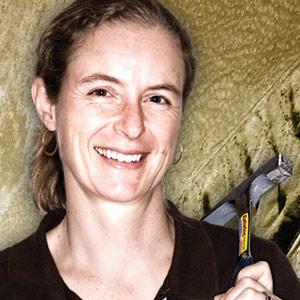Event Date:
Event Location:
- Webb Hall 1100
ABSTRACT:
Fault behavior models and earthquake frequency patterns that underpin many earthquake forecasts and inferences about future ruptures were developed, in part, on paleoseismic studies conducted in the 1970’s and 1980’s on the San Andreas Fault. In the last two decades, the expansion of paleoseismic studies along the fault system, improvements in dating techniques, and new statistical approaches have led to a re-examination of the record of large earthquakes on the fault. In this talk I will compare results from the Pallett Creek and Frazier Mountain paleoseismic records, which show strong differences in recurrence patterns despite an along-fault separation of only 100 km. Since ca. 900 A.D., both the re-dated Pallett Creek record (Scharer et al., 2011) and the Frazier Mountain record have a quasi-periodic coefficient of variation (0.6 and 0.7, respectively), but the specific timing of earthquakes is quite different over the last 500 years. When evaluated in the context of neighboring sites along the San Andreas Fault at Bidart Fan, Littlerock, and Wrightwood, earthquakes such as the 350-km long 1857 rupture are permitted by the data less than half of the time, and slightly smaller (~250 km long) ruptures like 1812 are be more common than the early models predicted. I will also present new data showing ground-rupturing earthquakes are infrequent on the San Gorgonio Pass Thrust Fault, which is prompting a renewed consideration of fault activity in the San Gorgonio Knot.

